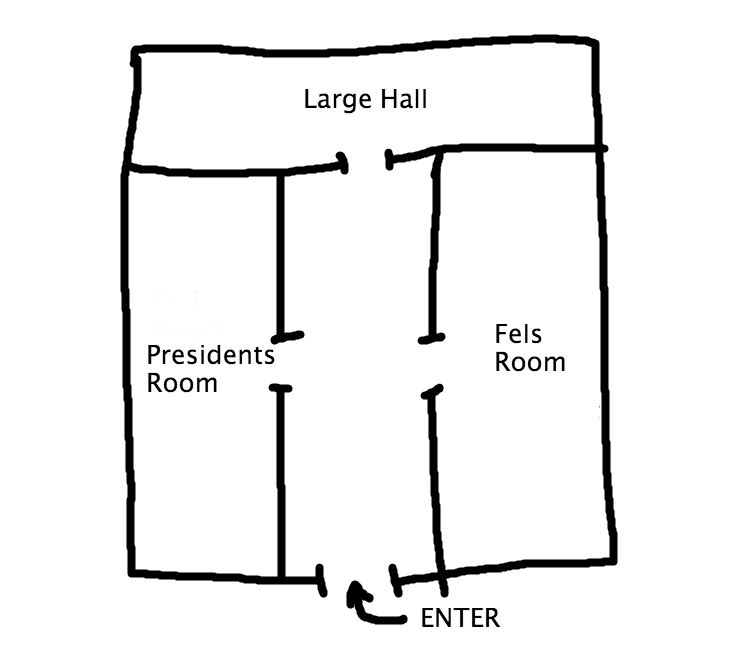User Experience for Libraries & Collections
At its core, User Experience (UX) is how your audience feels about using a product, system, or service, whether you’re designing a website, an exhibit, or a toaster. How can you make something useful, easy to use, and enjoyable? How do you know if your target audience is having a good or bad experience? We’ll cover the fundamentals of UX, why it matters, and ways to convince others in your organization to invest in this process. We’ll detail a typical UX journey and common methodologies that are useful for museum professionals, from user research and analysis to rapid prototyping and testing—including lean UX techniques you can use with limited time and money. In addition to practicing hands-on skills as a group through a series of practical activities, we’ll provide you with recommendations for books, articles, and other resources to explore further. You don’t have to be a developer or a designer to integrate UX research and design into your practice. After this session, you’ll be able to answer the following questions: What is user experience? Why does it matter? How do I convince others to adopt this process? What is user research? How do I conduct in-person interviews with my museum patrons to learn about their goals and objectives? How do I use this information effectively? What are some common techniques for evaluating digital content? How can I use activities like card sorting and content inventories to understand our content? How can we produce quick prototypes (analog and digital) to use in user testing? What services and tools exist? What is user testing, and how can we conduct low-cost evaluations with our patrons? How can we use our existing analytics to inform what we test?

